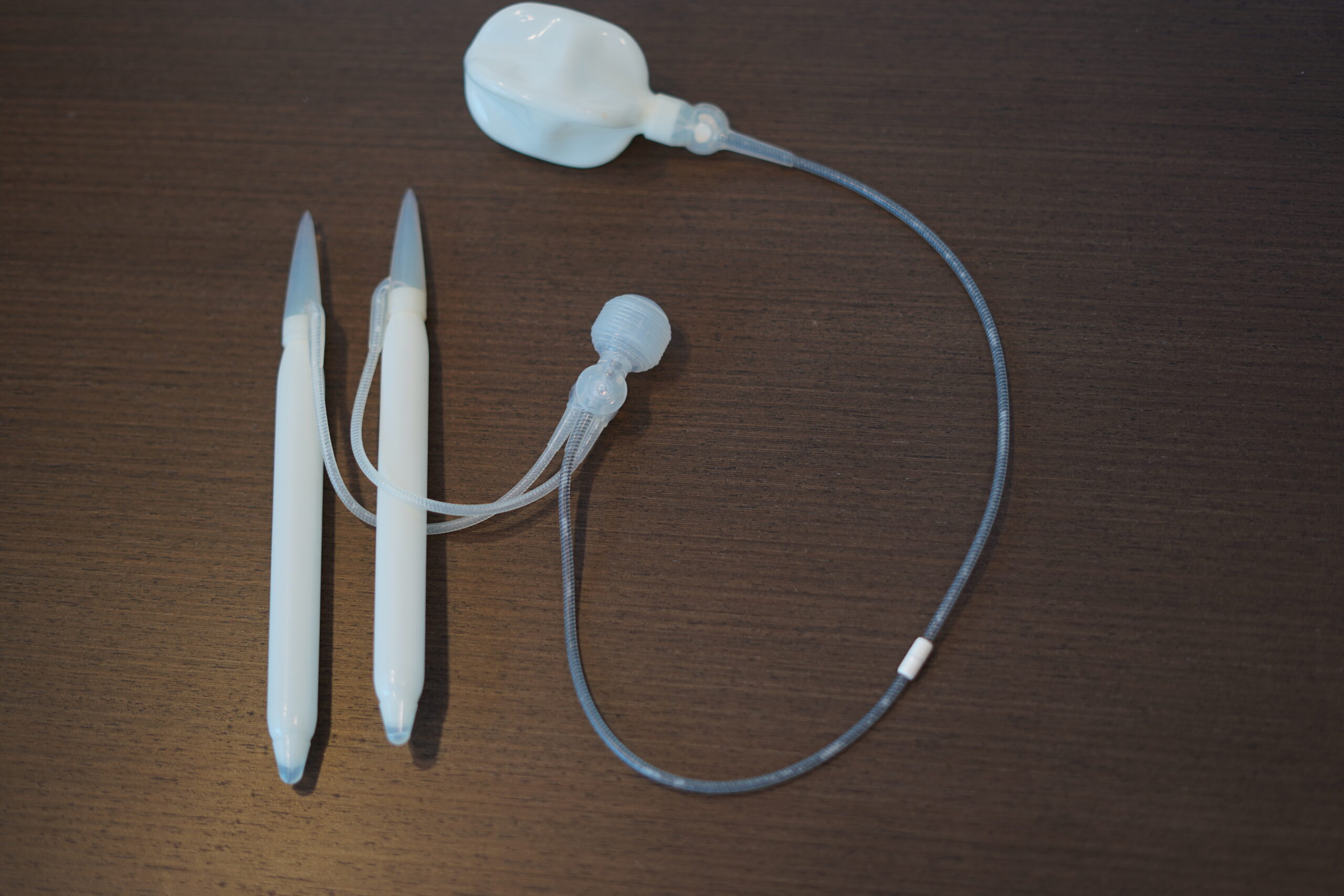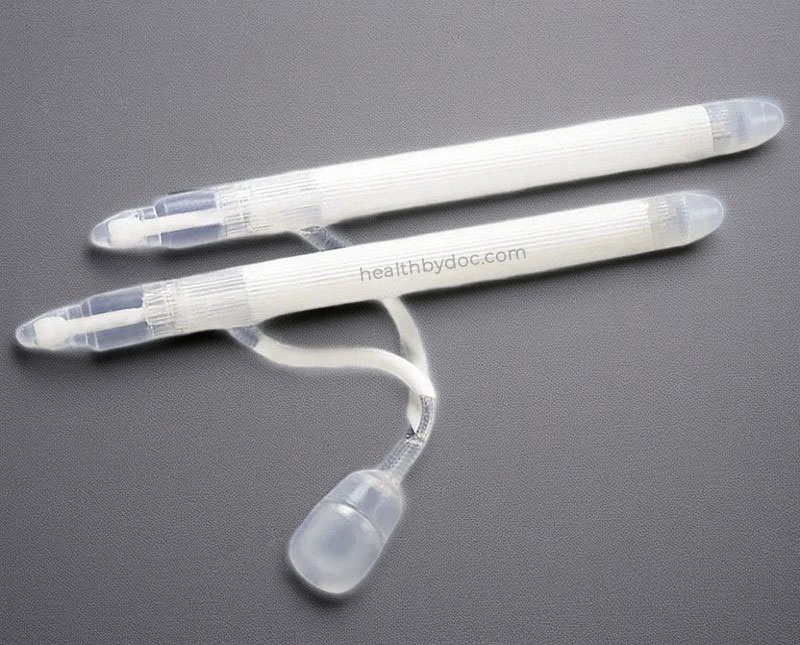What Is a Penile Implant?
Penile implants, also known as penile prostheses, are surgically placed medical devices designed to restore erectile function in men with persistent erectile dysfunction (ED). These implants are typically recommended when other treatments—such as oral medications, injections, or vacuum devices—do not provide satisfactory results.
In countries like Australia, USA, Turkei, where access to advanced medical procedures is widely available, penile implants have become a preferred solution for men seeking a reliable and lasting treatment for ED. With modern designs and surgical precision, these implants offer a discreet and effective way to regain confidence and improve intimate relationships.
Types of Penile Implants: Inflatable and Malleable
There are two primary types of penile implants:
Inflatable Penile Prosthesis
Inflatable models consist of:
-
Two cylinders inserted into the penis
-
A pump placed in the scrotum
-
A fluid reservoir positioned in the abdomen

When an erection is desired, the individual activates the pump, transferring fluid into the cylinders to achieve firmness. Once sexual activity is complete, a deflation button returns the fluid to the reservoir, making the penis flaccid again. This type is discreet, fully internal, and offers a natural look and feel.
Malleable Penile Prosthesis

Malleable implants are bendable rods inserted into the penis. They stay semi-rigid at all times and can be manually positioned for intercourse. While less natural in appearance when flaccid, they are easier to use and often preferred by men with limited hand mobility or those seeking a more affordable option.
How Do Penile Implants Work?
Penile prostheses work by creating controlled rigidity in the penis using internal components. Inflatable models allow the user to simulate a natural erection only when desired, while malleable models provide constant firmness. Both types preserve skin sensation and do not interfere with ejaculation or orgasm.
Who Should Consider a Penile Implant?
Men who have not responded to non-surgical ED treatments may be ideal candidates for penile implants. This includes individuals with:
-
Diabetes-related erectile dysfunction
-
Peyronie’s disease
-
Severe vascular issues
-
Structural abnormalities of the penis
In Australia, more men are opting for this procedure as a permanent solution when conventional therapies fail. Candidates should be in good general health and have realistic expectations about outcomes.
Why Penile Implants Are Used: Key Benefits Explained
Penile implants are primarily used as a long-term solution for men experiencing erectile dysfunction that does not respond to conventional treatments. This surgical option is especially beneficial for individuals who have not achieved desired results with medications, injections, or vacuum devices.
One of the main reasons penile implants are preferred is their ability to deliver reliable, on-demand erections, restoring spontaneity and confidence in intimate relationships. Unlike medications that may fail or cause side effects, penile implants provide consistency and control, which leads to increased sexual satisfaction.
Beyond physical performance, the benefits extend into psychological well-being. Many men report a boost in self-esteem and relationship satisfaction after receiving a penile implant. It’s not just about sexual function—it’s about reclaiming quality of life.
In addition, modern implant designs are discreet and natural-feeling, with satisfaction rates exceeding 90%. Whether due to underlying health conditions like diabetes or vascular issues, or simply the failure of other treatments, penile implants offer a customizable, proven solution to regain normal sexual function.
Surgery and Recovery: What to Expect
The procedure typically lasts 1–2 hours under anesthesia. The implant is inserted through a small incision at the base of the penis or lower abdomen. Most patients return home the same day or after a short hospital stay.
Recovery usually takes several weeks. Swelling and discomfort are common early on but manageable with prescribed medications. Patients can generally return to normal daily activities within 1–2 weeks and resume sexual activity after 4–6 weeks, as advised by their healthcare provider.
Possible Risks and Considerations
While generally safe and effective, penile implant surgery does involve some risks:
-
Infection (rare with modern sterile techniques)
-
Mechanical failure requiring revision
-
Mild changes in sensation
-
Slight visibility in tight clothing (mainly with malleable types)
Consulting with a specialist is crucial for evaluating whether this option aligns with individual needs and health status.
Final Thoughts
Penile implants provide a long-term, discreet, and highly effective solution for men dealing with erectile dysfunction. In Australia, access to quality surgical care and advanced prosthetic designs makes this option increasingly appealing for those seeking to restore their sexual health and confidence.
If ED is impacting your quality of life and other treatments haven’t helped, speaking with a qualified healthcare provider about penile implants may be the first step toward lasting improvement.










Comments